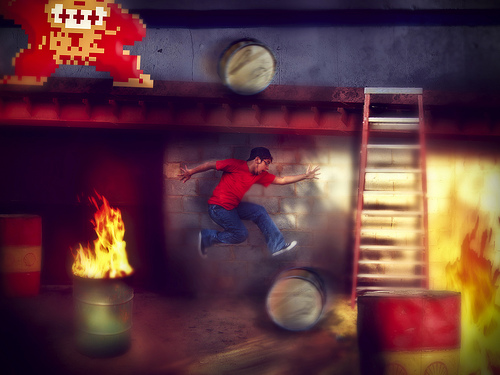Ben Horowitz' book The Hard Thing About Hard Things is a must read for anyone interested in improving themselves. Horowitz is a great writer, but aside from that, he presents his insights in an actionable way.
I get frustrated with advice that centers on what to do when things go well. How to be a good Community Manager. How to build a great company. How to hire fantastic people. How to recruit power users. Too often this advice doesn't go deep enough.
The hard thing about advice
We all plan to be awesome. I can tell you "hire problem solvers," and share the interview questions we use to select for them. But what happens when the rockstar you recruited stops performing? What about when a key community member starts acting out?
What happens when your product fails? How do you sunset a product in a respectful way? How do you proceed once you realize the problem isn't how you're onboaring new community members - it's that nobody cares about your product?
Horowitz tackles that by surfacing a whole blog genre that deserves a place next to "How to ____" and "7 things about ____". It centers around actionable advice that guides you through dips, valleys and WFIO.
The hard thing about ____
I want to write these posts:
- The hard thing about sunsetting
- The hard thing about hiring
- The hard thing about power users
- The hard thing about executive buy in
- The hard thing about reporting
- The hard thing about UGC
- The hard thing about choosing a platform
- The hard thing about scaling the team
- The hard thing about moving team members to new projects
- The hard thing about inviting feedback
- The hard thing about firing
- The hard thing about awesome customer support
- The hard thing about scalable customer support
- The hard thing about privacy
- The hard thing about promotions
- The hard thing about job titles
- The hard thing about volunteers
- The hard thing about meetups and conventions
- The hard thing about performance reviews
- The hard thing about 1:1s
- The hard thing about writing job descriptions
- The hard thing about hiring entry level positions
- The hard thing about writing interview questions
- The hard thing about setting your own goals
- The hard thing about being your own manager
- The hard thing about 3rd party partners
- The hard thing about working with big brands
- The hard thing about working with nonexistant brands
And more. But please beat me to it.
The best thing about hard things
Hard stuff is where you create value. As Jimmy Dugan (aka Tom Hanks) said, hard is what makes it great.
{ 1 comment }






